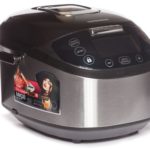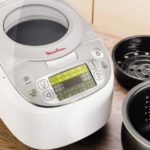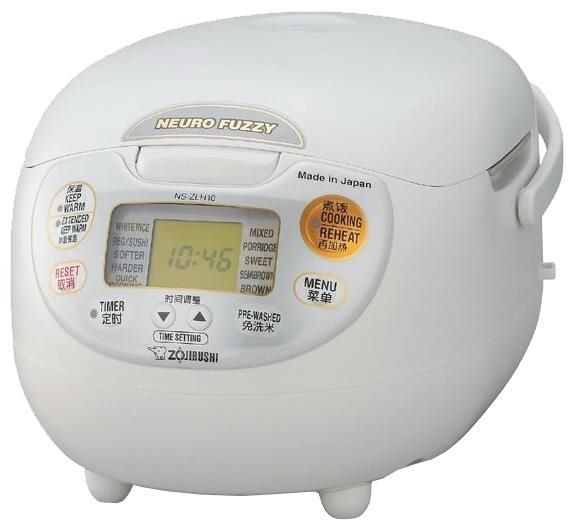How to disassemble a multicooker
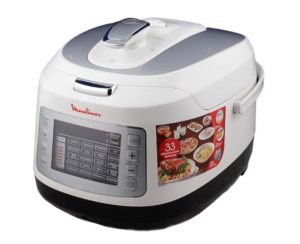 Over the past decades, cooking technologies have changed significantly. Appliances have appeared in everyday life that have made the life of housewives much easier, saved time, and made dishes more varied. Among such innovations, the multicooker, a multifunctional electrical appliance with program control, has occupied an important place in the kitchen.
Over the past decades, cooking technologies have changed significantly. Appliances have appeared in everyday life that have made the life of housewives much easier, saved time, and made dishes more varied. Among such innovations, the multicooker, a multifunctional electrical appliance with program control, has occupied an important place in the kitchen.
The content of the article
Design and principle of operation of a multicooker
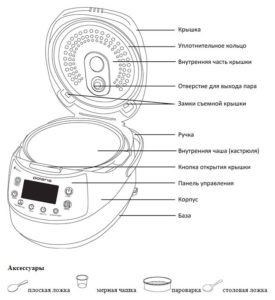 To repair a multicooker yourself, you need to study the features of its design and operating mechanism. Externally, the multicooker is similar to a saucepan, on the side of which there is a mini screen and a power button. It closes with a sealed lid with a latch. Inside the device there is a bowl in which food is directly prepared. Under the bowl there is a power supply and control unit, as well as circuits.
To repair a multicooker yourself, you need to study the features of its design and operating mechanism. Externally, the multicooker is similar to a saucepan, on the side of which there is a mini screen and a power button. It closes with a sealed lid with a latch. Inside the device there is a bowl in which food is directly prepared. Under the bowl there is a power supply and control unit, as well as circuits.
The multifunctionality of the multicooker is ensured by the operation of a microprocessor system. It includes:
- Electrical circuit and device (voltage is supplied to a connector with three contacts, the first grounds the device, the second is connected to the body, the third to the multicooker lid).
- Wiring diagram (power is supplied through wires through which current flows to a series-connected switch and thermal fuse.The switch starts or turns off the multicooker, and the fuse protects the device from overheating).
- power unit (implements two functions: supplying an alternating voltage of 220 volts and converting it into a direct voltage of 5 volts for the control unit and 12 volts for the switching circuit. A battery (3 volts) is built into the power circuit; it carries information about the actions of the cook who launches the action programs multicookers).
- Control block (all functions and programs of the device are generated by this circuit).
- Thermistors (there are two of them: one is attached to the lid, and the second is fixed on the bottom of the multicooker. The main function of the resistors is thermoregulation in the operation of the device, so that the temperature is the same as in the program set by the cook).
- Thermal fuse (protects the kitchen device from overheating and failure of the control system).
How to completely disassemble a multicooker
IMPORTANT!In order to properly disassemble the multicooker, you must follow a certain sequence of actions.
Preparatory work includes:
- disconnecting the multicooker from the network - the device must cool down;
- Next, you should open and wipe the lid, remove grease and deposits (using dishwashing detergents);
- Wipe the lid dry.
Procedure for parsing:
- open the multicooker lid;
- press on the two plastic latches on the lid and pull them in the middle;
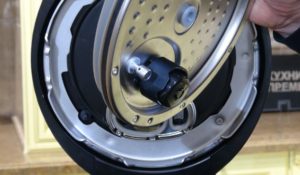
- the upper sector is pulled towards itself, and then, with a sharp movement, down;
- The internal parts are washed and food residues are removed from their surface.
To get to the internal circuits and parts of the multicooker, you need to:
- remove dirt, plaque and grease from the surface;
- turn the device upside down;
- unscrew the screw securing the bottom of the device and disconnect the lower part of the multicooker from the base;
- disconnect the wires;
- unscrew the heating device;
- disconnect the microcircuits;
- disconnect the top cover and temperature sensors;
- remove the rings and open the latches on the device body;
- separate the inner walls from the outer ones.
All work should be carried out carefully and consistently so as not to break the multicooker parts.
What kind of damage can happen?
Most often, the multicooker fails due to contamination of the contacts, liquid and food particles getting into the device. This can be eliminated by disassembling the device and removing foreign elements.
ATTENTION! The breakdown may be due to the failure of the control system, power supply, or device circuits. It is not easy to carry out repairs yourself, especially if internal parts are affected. It is advisable to contact a service center where they will provide assistance in repairing the multicooker.
If the repair is carried out with your own hands, then you need to familiarize yourself with some nuances.
What you can fix yourself
If the device malfunctions, you can take some actions yourself:
- Cleaning the device. It is carried out in accordance with the above algorithm of actions (disassembling the device and cleaning its parts).
- Replacing thermal fuses. There are two of them, the fuses are covered with cambrics. The first one is located in the middle of the multicooker, in the middle clamp, or is fixed separately. You cannot solder the thermal fuse, because the part is very sensitive to high temperatures. It can only be replaced with a new one. To do this, you need to disconnect the part from the clamp and carefully replace it.The same actions are performed with the fuse located on the lid of the multicooker.
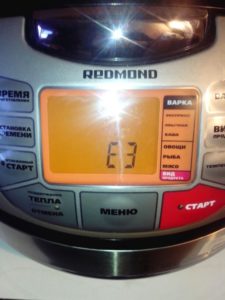
- Control board. It is located at the bottom of the device. To carry out repair work, you need to disconnect the bottom of the multicooker, power wires, and heating elements. Next, you should carefully inspect the board, identify dirt and remove it from the surface. If the board burns out, it is replaced with a new one, provided that the markings match.
- Multicooker lid latch. One of the most common problems. You can eliminate this problem yourself by showing intelligence and patience. Many people have solved the latch issue by installing magnets on the rim of the lid and the main part of the multicooker. This unique solution will allow you to operate the device for a long time, because service centers do not undertake repairs of this kind.
Operating rules
The main cause of malfunctions is failure to comply with basic rules for using the device. As a rule, this is due to liquid and food particles getting inside the device.
When preparing food, anyone can be inattentive, rush too much, while forgetting about the safety of using the multicooker. Experts say that following two simple rules can reduce the risk of device failure:
- Milk, water and any other liquid must be poured into a heated bowl, provided that it is inside the device. Inattention in this case leads to liquid getting on the circuits and other important parts of the multicooker.
- You should also put food inside if there is a bowl in the appliance. Otherwise, breakdown cannot be avoided.

